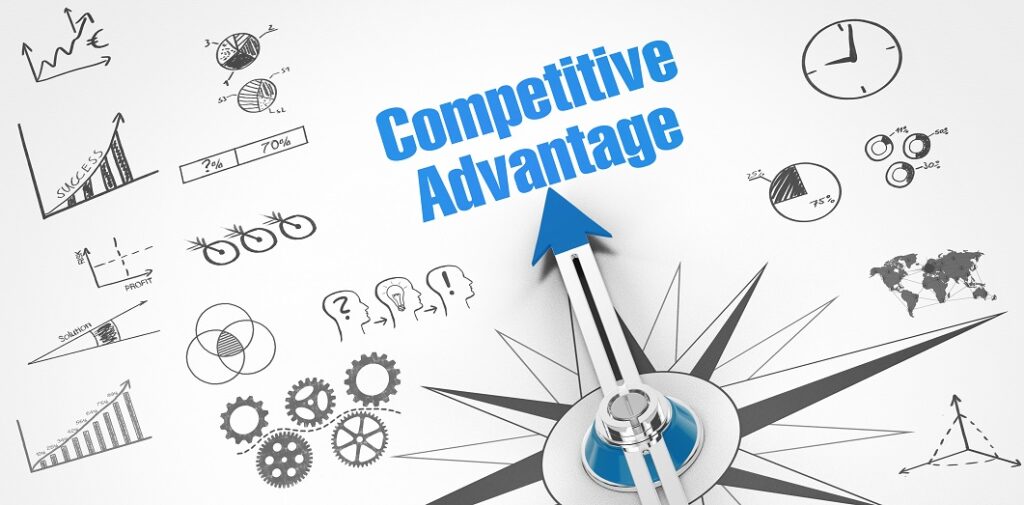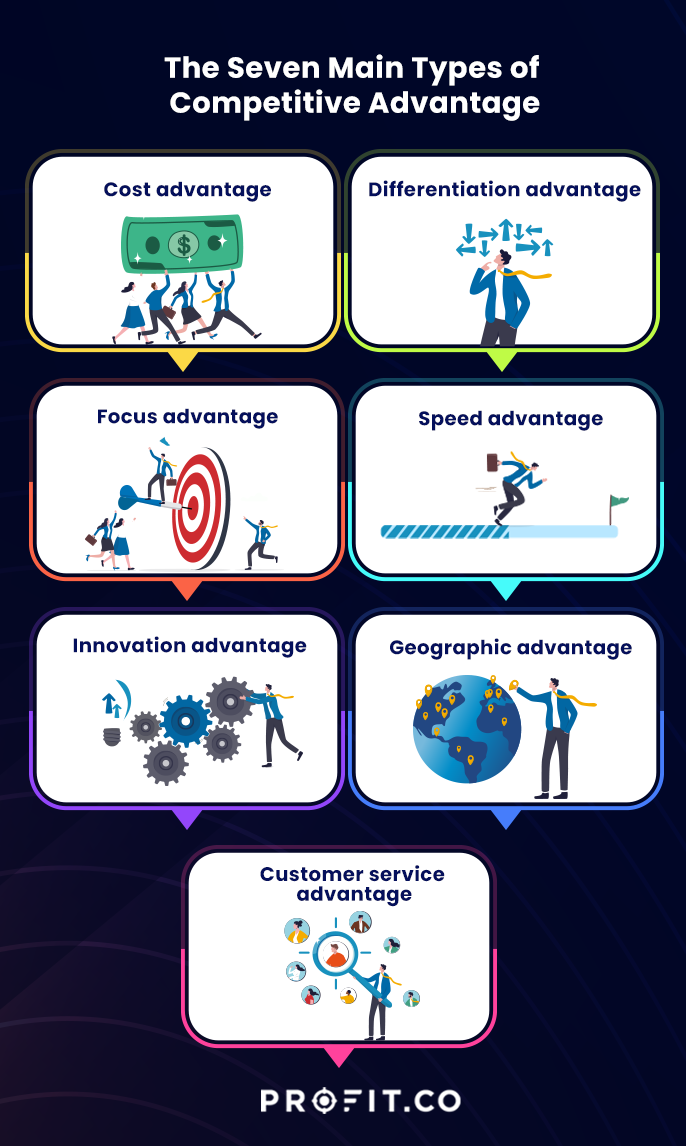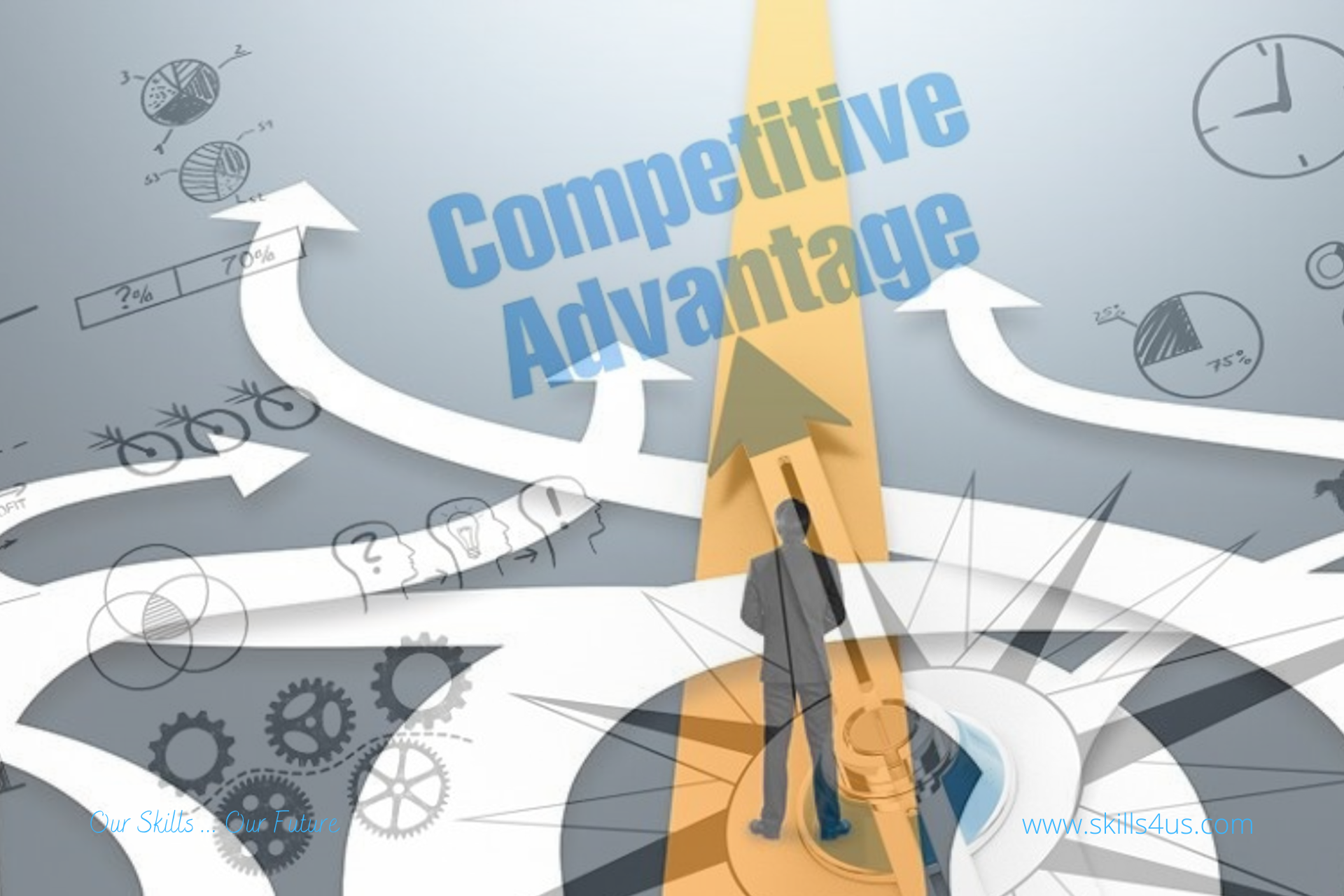The modern business landscape is increasingly competitive. Companies are constantly vying for market share, customer loyalty, and ultimately, profitability. In this environment, simply offering a good product or service isn’t enough; businesses need to actively cultivate a competitive advantage. This isn’t just about being the best; it’s about identifying and leveraging unique strengths that differentiate you from the competition and create a sustainable edge. This article will delve into the core principles of developing and implementing effective competitive advantage strategies, providing actionable insights for businesses of all sizes. Understanding what truly sets you apart is the key to long-term success.

What ExactlyIsa Competitive Advantage?

At its most basic, a competitive advantage is an element that allows a company to outperform its rivals in the marketplace. It’s the reason why customers choose one brand over another, or why they’ll stick with a product or service even when alternatives exist. This advantage can stem from a multitude of factors – from superior technology and product design to exceptional customer service, a unique brand identity, or a deeply embedded network effect. It’s a strategic positioning that creates value for customers and ultimately, boosts profitability. It’s not a static state; it’s a dynamic process of continuous improvement and adaptation. Successfully identifying and capitalizing on your competitive advantage is the cornerstone of sustainable growth.
![]()
Identifying Your Core Competencies
The first step towards building a strong competitive advantage is to thoroughly assess your current strengths. This involves identifying your core competencies – the skills, knowledge, and resources that you excel at and that are difficult for competitors to replicate. These aren’t necessarily the most impressive skills, but rather the skills that consistently deliver the most value to your customers. Consider these categories:

- Technological Expertise: Do you possess unique technological capabilities that give you an advantage? This could be in areas like AI, data analytics, or specialized software development.
- Operational Efficiency: Can you streamline your processes and deliver products or services more efficiently than your competitors? This might involve lean manufacturing, supply chain optimization, or automation.
- Customer Service Excellence: Exceptional customer service can be a powerful differentiator. Do you have a reputation for responsiveness, personalized support, or proactive problem-solving?
- Product Innovation: Does your product or service offer unique features, functionalities, or design elements that set it apart? Continuous innovation is crucial for maintaining a competitive edge.
- Brand Reputation: A strong, positive brand reputation can command premium pricing and foster customer loyalty. This requires consistent messaging, ethical practices, and a commitment to quality.
Developing Strategic Competitive Advantages
Once you’ve identified your core competencies, you can begin to develop strategies to leverage them effectively. Here are a few key approaches:

- Differentiation through Product/Service Offering: Focus on creating a product or service that is truly unique and better meets customer needs than the competition. This might involve offering specialized features, superior quality, or a more convenient experience.
- Niche Market Focus: Targeting a specific, underserved segment of the market can allow you to build a strong brand and establish a competitive advantage without trying to compete head-to-head with larger players.
- Cost Leadership: Offering products or services at a lower price than competitors can be a viable strategy, but it requires significant operational efficiency and cost control.
- Network Effects: Creating a product or service that becomes more valuable as more people use it. This is particularly effective in industries like social media, online marketplaces, and software.
- Customer Experience (CX) Focus: Providing an exceptional customer experience can be a powerful differentiator. This includes everything from onboarding and support to personalization and engagement.
Examples of Competitive Advantages in Action
Let’s look at some real-world examples to illustrate how competitive advantages are achieved:

- Apple: Their brand reputation, seamless user experience, and integration of hardware and software have created a powerful competitive advantage in the consumer electronics market.
- Amazon: Their vast selection, competitive pricing, and relentless focus on customer service have made them a dominant force in e-commerce.
- Tesla: Their innovative electric vehicle technology, coupled with a strong brand image and a commitment to sustainability, provides a significant competitive advantage.
- Starbucks: Their unique coffee culture, loyalty program, and emphasis on the customer experience have fostered a loyal customer base and a strong brand identity.
The Importance of Continuous Monitoring and Adaptation
Maintaining a competitive advantage isn’t a one-time achievement; it’s an ongoing process. The market is constantly evolving, and competitors are always seeking to imitate or disrupt your position. Therefore, it’s crucial to continuously monitor your competitive landscape, analyze your performance, and adapt your strategies as needed. Regularly assess your strengths and weaknesses, and be prepared to pivot when necessary. This requires a data-driven approach, utilizing analytics to track key performance indicators (KPIs) and identify emerging trends.

Building a Sustainable Competitive Advantage – Key Considerations
Beyond simply identifying and implementing strategies, several factors are critical for long-term success:

- Customer-Centricity: Always prioritize the needs and desires of your customers. Understand their pain points and tailor your offerings to meet those needs.
- Innovation: Continuously invest in research and development to create new products, services, and processes.
- Operational Excellence: Streamline your operations to reduce costs and improve efficiency.
- Employee Engagement: A motivated and skilled workforce is essential for delivering exceptional customer service and driving innovation.
- Strategic Partnerships: Collaborating with other businesses can expand your reach and offer complementary services.
Conclusion
Developing and maintaining a competitive advantage is a complex and ongoing endeavor. It requires a deep understanding of your business, a proactive approach to market analysis, and a commitment to continuous improvement. By focusing on your core competencies, differentiating yourself from the competition, and adapting to changing market conditions, you can create a sustainable edge that drives long-term growth and profitability. Ultimately, the ability to consistently deliver value to your customers is the key to achieving lasting success. Remember, a truly competitive advantage isn’t just about being better; it’s about being different and valuable in a way that others can’t easily replicate.
:max_bytes(150000):strip_icc()/what-is-competitive-advantage-3-strategies-that-work-3305828_FINAL-5b87022bc9e77c002524e634.png?ssl=1)